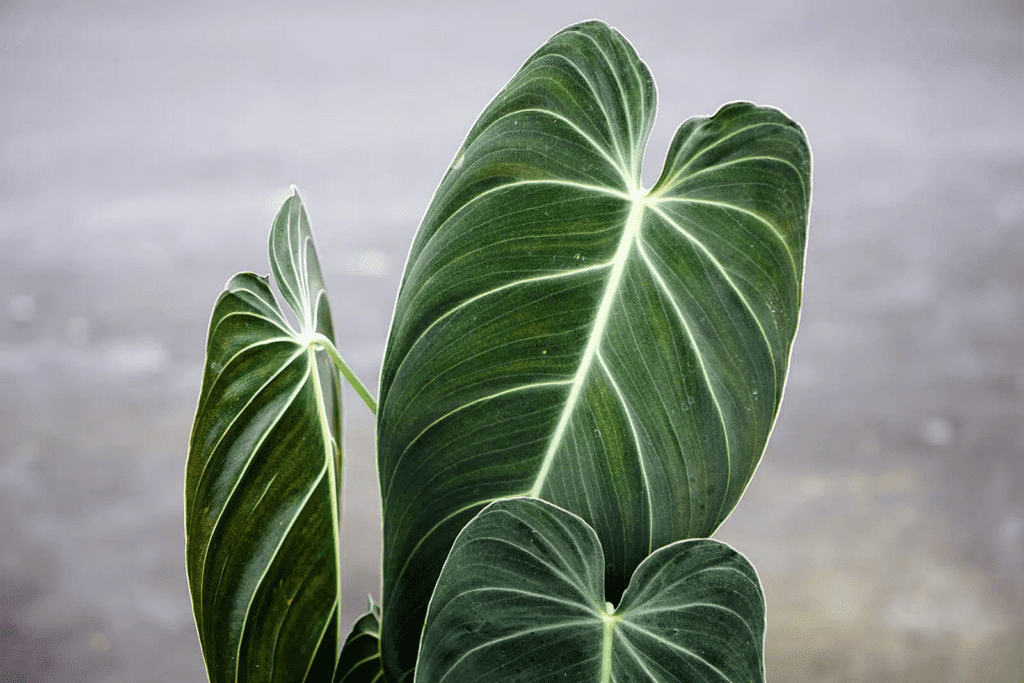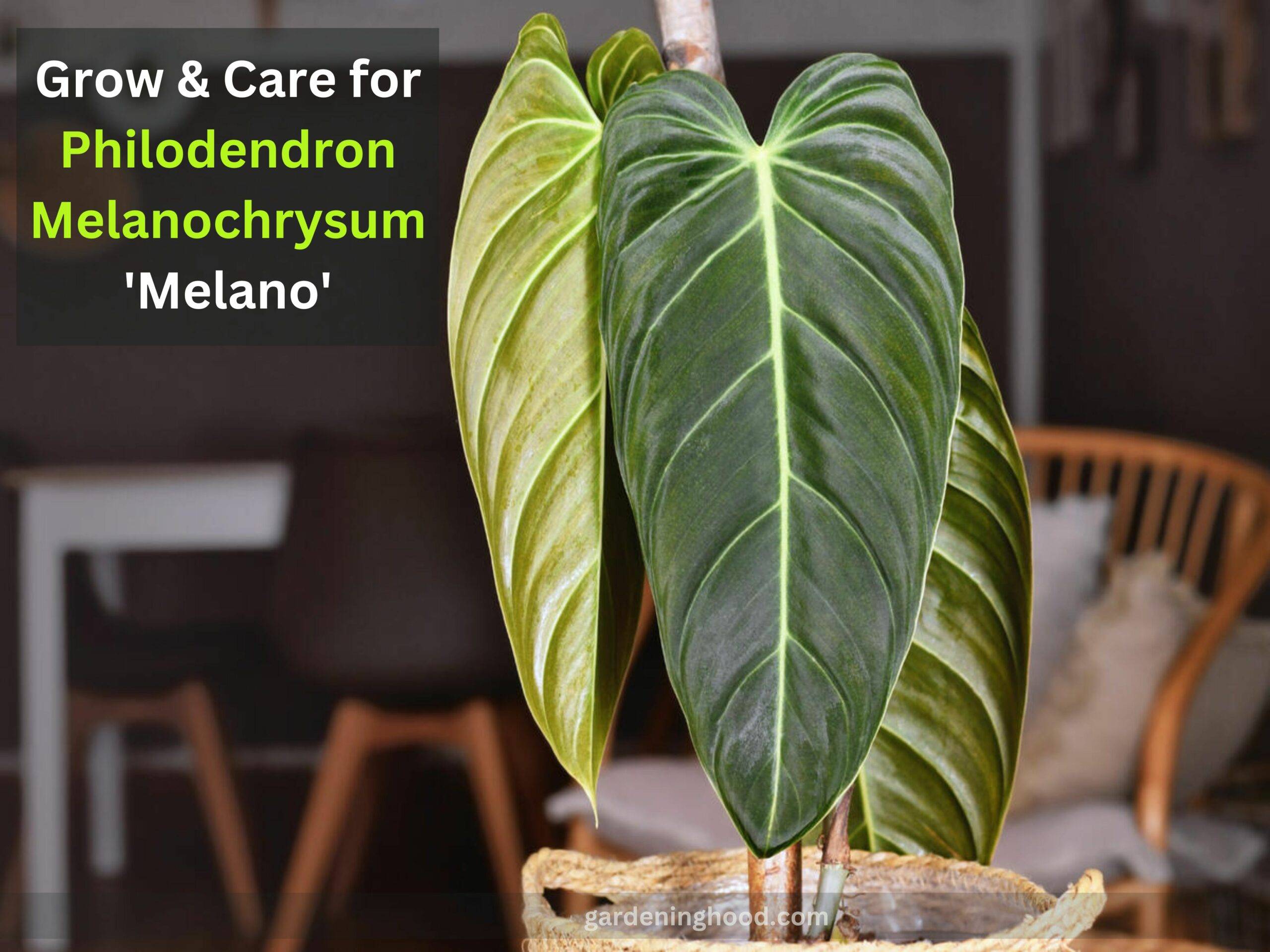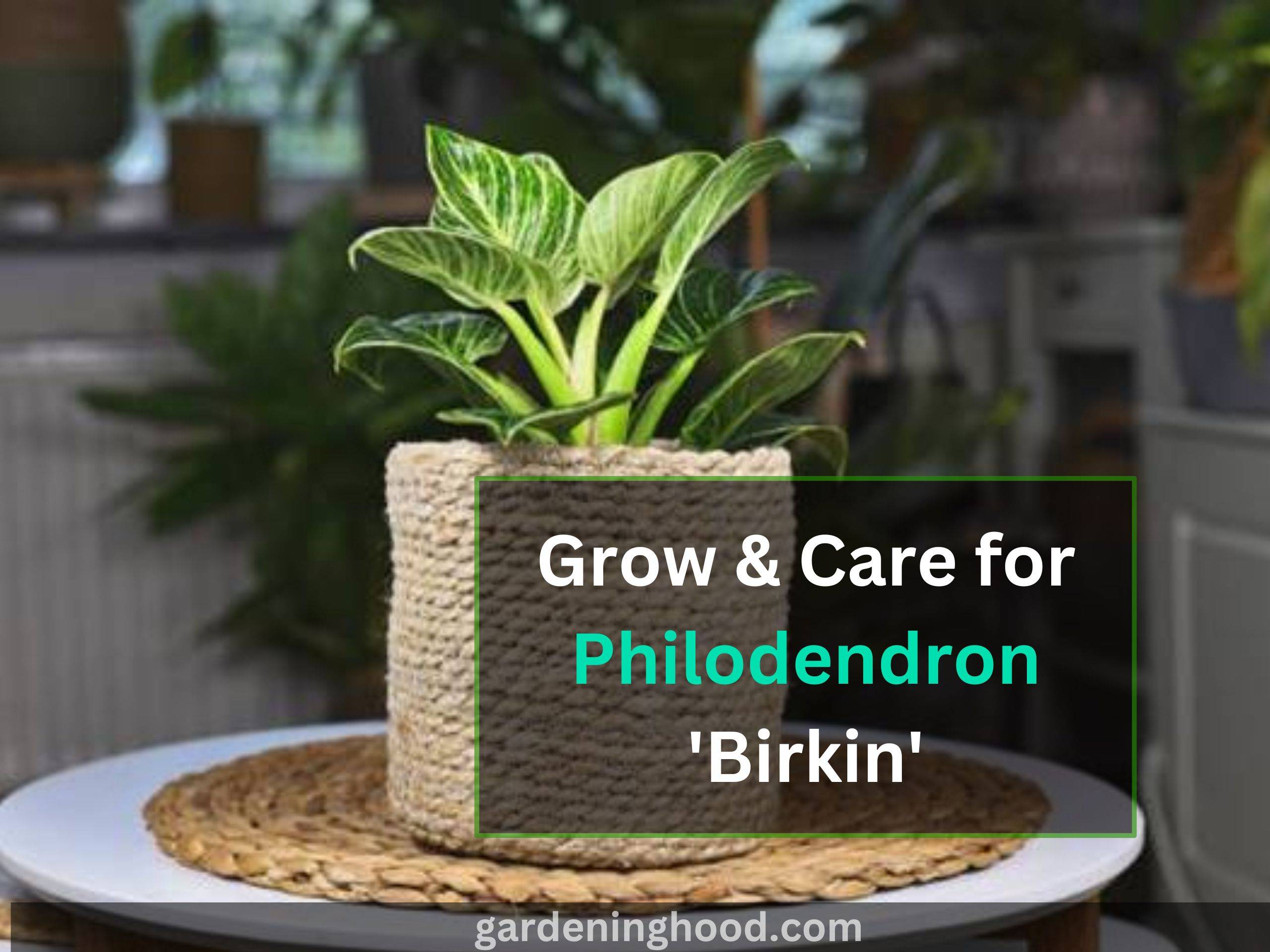How to Grow & Care for Philodendron Gigas Houseplant (2023)
Are you looking for what is required by Philodendron Gigas Houseplant? You have reached the perfect place.
Here I have mentioned all my implemented methods that will help to grow gigas houseplants in your garden. To grow them in your house this guide will help to know what they need to grow such as light requirement, soil, watering, and fertilizer. Further, if you have any doubts let me know in the comment section.
Quick takeaways:
| Scientific Name | Philodendron gigas |
| Common Name | Philodendron gigas |
| Light | Bright direct light and low indirect light |
| Watering | Water if the top 2 inches of soil are dry |
| Temperature | 65 to 80ºF (20 to 27ºC) |
| Hardiness Zone | USDA hardiness zone 9b to 11 |
| Humidity | 60 to 80% |
| Soil Type | Rich, quick-draining, loamy |
| Soil pH | 5.6 to 7.5 (acidic to neutral) |
| Fertilizing | Once or twice a month in spring and summer |
| Repotting | Once a year |
| Pruning | Beginning of the growing season |
| Propagation | Root in water or soil |
| Toxicity | Toxic to humans and pets |
| Mature Size | 8 to 10 feet as a houseplant |
| Bloom Time | Rarely flowers indoor |

Interesting facts:
- The leaves of the plant are large, velvety leaves that tend to be four feet in length beautiful leaves.
- The plant can reach an extraordinary height with the help of aerial roots.
- You can easily pronounce it as ‘fil-oh-DEN-dron JY-gas
How to Grow Philodendron Gigas Houseplant?
You can easily grow the Philodendron Gigas Houseplant using stem cutting or by air layering because growing through seeding the plant will take more time. the following are two easy and common methods to grow Philodendron Gigas Houseplant:
- Stem cutting.
- Air layering.
Stem cutting:
The following are some steps for Philodendron Gigas Stem Cutting Propagation:
- For cutting the stem you need to use a sharp, sterilized blade in between two growth nodes.
- Need to trim the extra proportion of the stem until the half-inch section is left below the node.
- Philodendron Gigas Houseplant propagation can be done by one leaf but two or more leaves will help in rooting faster.
- The best way to root the stem cutting is either by water or sphagnum moss as it will help to develop roots quickly without using rooting hormones.
- To do water propagation you need to just cut the cutting in a glass jar and make sure the growing node is covered in water in which doesn’t include the leaf.
- After that cover the jar with a transparent plastic sheet that helps in boosting the humidity of the plant.
- You need to change the water once every 5 to 7 days.
- In case of propagating the plant in moss, you need to fill a small container with sphagnum moss or peat moss and place the cutting inside. Remember to water it well and check the moss regularly.
- You will notice that the roots start growing after two weeks after the plant grows up to at least 2 inches long and the plant is in a well-draining soil mix.

Air Layering PPropagation:
- Air layering helps Philodendron Gigas Houseplant to grow the aerial roots into the soil which is the same as using stem cutting to propagate the plant only here the difference is the plant is not cut from the main plant until the root system is not developed.
- For air layering, you need to find a growth node on the stem band and then pack sphagnum moss around it.
- After packing, use the plastic wrap to keep the moss in the perfect place. Do keep the gap at the top and bottom of the wrap.
- You need to keep the moss moist and you will notice some new roots growing through it within 6 to 8 weeks.
- After that, you need to remove the moss and cut the stem below the roots.
How to Care for Philodendron Gigas Houseplant?
For growing Philodendron Gigas you need to take proper care of them in order to get the perfect result of spending time and money in planting them. the following are some basic requirements for growing the plant that you need to fulfill and the steps on how you can maintain it are explained below:
- Light
- Temperature
- Soil
- Fertilizer
- Humidity
- Fertilizer
- Pruning
- Potting and repotting
Light:
- For growing the plant you a light that is bright indirect light, and that is between 10,000 and 20,000 lux.
- You can place the plant in full sun in order to satisfy the light requirement.
- In-house, you can place the plant in a north-facing window as there the brightness level is not that bright but in case you are placing the plant in an east-facing window it would be perfect for the plant.
- You need to find the perfect spot in case of planting the plant in south or west exposure as the high level of sun rays will damage the leaves of the plant.
Watering:
- You need to follow the seasonal cycle for watering the Philodendron Gigas plant.
- In the case of the growing season if you find out that the top 2 inches of the soil are dry you should water the plant.
- During the winter season, you need to change the watering cycle as in this season let the soil dry out completely and then water the plant entirely.
- Make sure not to leave the water sitting in the saucer because the plant will not be able to tolerate the wet soil.
Temperature:
- For planting Philodendron Gigas you need to maintain the temperature range between 65 to 80ºF (20 to 27ºC).
- Providing the plant with a higher temperature will give good results. so you can place the outdoors in the summer season.
- The tolerance level of Philodendron Gigas is under 60ºF.
- You need to protect the plant from cold windows and out of drafts.
Humidity:
- For growing Philodendron Gigas you need to maintain the humidity between 60 to 80%.
- Avoid misting for meeting the humidity requirement as that will lead to fungal and bacterial diseases.
- For humidity, you can use the pebble tray and fill it with water, and place the pot on it.

Soil:
- For growing Philodendron Gigas the roots need moisture and nutrients so that they are able to breathe.
- You need soil that is loose and has lots of humus.
- The pH level of planting Philodendron Gigas the plant is 5.6 to 7.5.
- To meet the soil needs to can buy a commercial aroid soil mix.
Fertilizer:
- To support the growth of the plant you need to use a fertilizer that will result in beautiful leaves.
- The perfect ratio of mixing the fertilizer is 3:1:2.
- Adding more amount of nitrogen helps the plant grow best.
- You need to apply the fertilizer by diluting the solution to half of the strength and then apply it on the soil surface once or twice a month.
- You need to water the plant after applying fertilizer so that it gets evenly spread.
- Don’t use fertilizer in the fall and winter months.
Potting & Repotting:
- You need to repot Philodendron Gigas the plant every 2 or 3 years and the best time for repotting is in spring.
- If you find that the plant roots are growing out of the drain holes then you need to repot the plant are soon as possible.
- You need to move the plant to a bigger size than the actual pot and but it should be a couple of inches more in diameter.
- For repotting you can use a terra cotta or plastic pot and need to be sure they have good drainage holes.
- After then repotting you need to replace the potting soil to give the plant a new start.

Pruning:
- The method of pruning is for removing dead or damaged leaves so that the plant looks beautiful.
- The active season for spring is considered good for pruning the plant.
- In case you dont want any stem on the plant then you can cut the plant which will help in the good growth of a new stem.
- Avoid cutting off more than a third of the Philodendron Gigas in any season.
- You need to use sterilized scissors and wear gloves for cutting Philodendron Gigas so that it will keep you away from the toxic sap.
Conclusion:
You need to keep the Philodendron Gigas Houseplant away from the common problem that you can see if you overwater or underwater the plant, dies due to underlighting or overlighting so for that you need to follow the above-mentioned ways.


